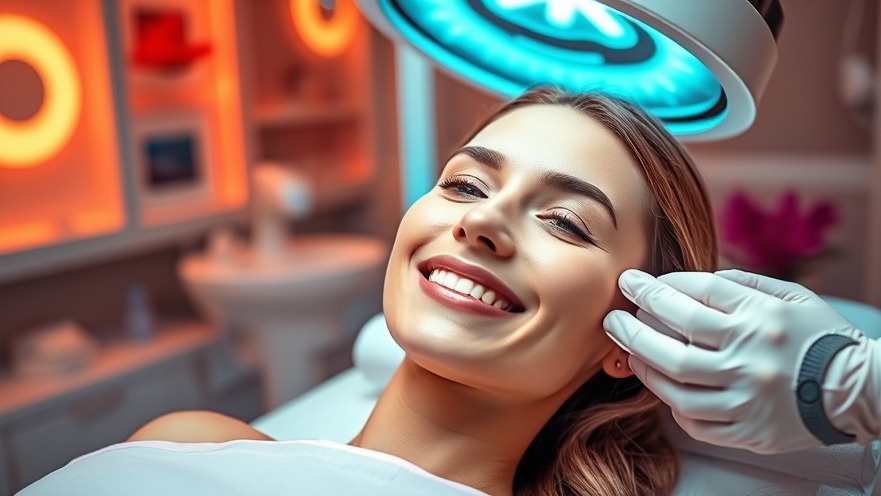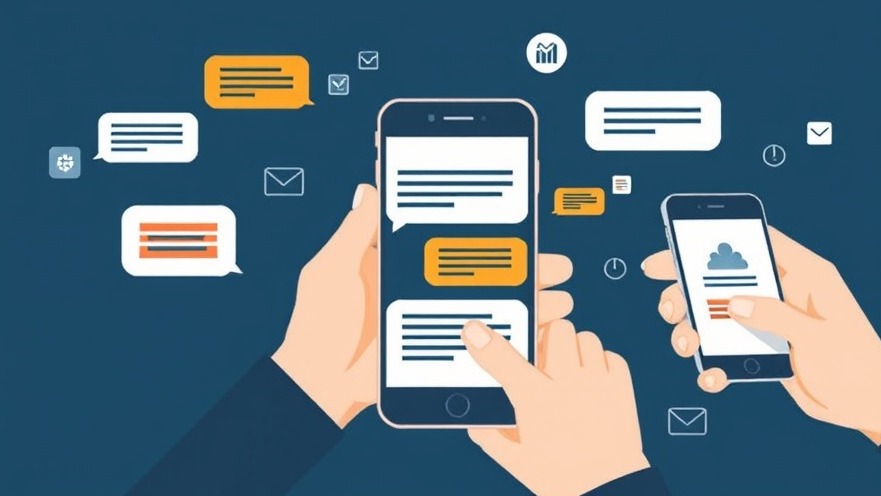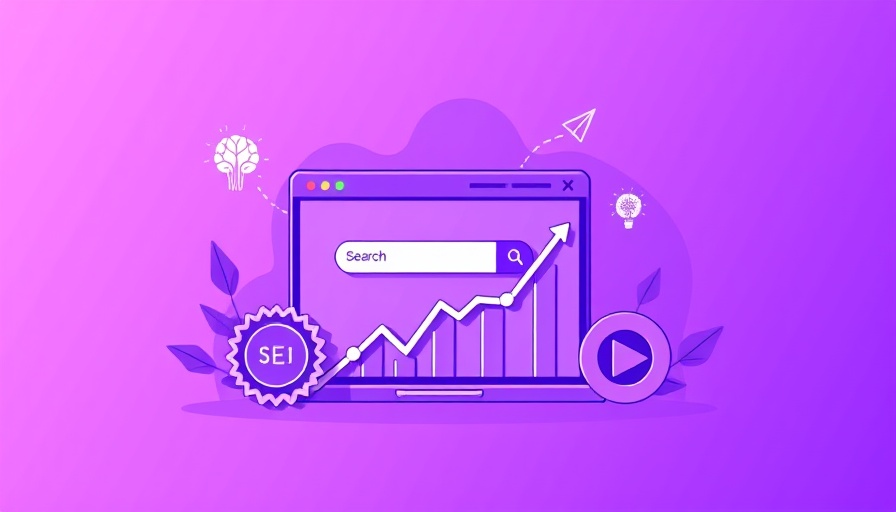
What If Your Spa Could Teach as Well as Treat?
Imagine a client stepping into your spa already feeling confident, not confused. They know exactly why lymphatic drainage helps reduce puffiness. They understand how your LED light therapy improves collagen production. And they’re not just booking a treatment—they’re investing in themselves.
This is the power of education-based marketing.
For spa owners and directors, this approach can be the secret to building trust, boosting retention, and setting yourself apart in a crowded industry. In this article, we’ll explore how education-focused marketing works, why it matters, and how to apply it in ways that feel natural—not salesy.
Understanding the Roots of Education-Based Marketing
From Selling Services to Sharing Knowledge
Education-based marketing is exactly what it sounds like: using helpful, informative content to connect with your audience and build trust. Instead of pushing promotions, you provide answers, guidance, and clarity.
Originally popularized in the digital marketing and coaching worlds, it’s now becoming a powerful strategy for service industries—especially wellness and spa.
"When you teach people something useful, they see you as a trusted advisor—not just a service provider," says Marcus Sheridan, author of They Ask, You Answer.
And in a world full of mixed wellness messages, clients are hungry for clarity.
How It Works
It’s not about overwhelming people with science—it’s about meeting them where they are. Great educational content answers real client questions like:
"Why do I always break out after a facial?"
"Is lymphatic massage safe during pregnancy?"
"How does stress show up on my skin?"
When you answer these with authority and compassion, people remember you—and come back for more.

Major Shifts Making Education-Based Marketing Essential
Clients Are Searching Before They Book
According to a recent survey by HubSpot, 81% of consumers conduct online research before making a decision—even for local services.
If your spa isn’t part of that search journey, you’re missing out.
Blogs, videos, and even short Instagram Reels that explain treatments or answer common questions help you show up where your future clients are already looking.
Trust Has Become the New Currency
In the post-pandemic era, clients don’t just want self-care—they want safe, informed, and personalized experiences. Spas that educate are seen as more trustworthy, ethical, and aligned with long-term wellness goals.
As author and business strategist Donald Miller puts it:
"If you confuse, you lose. But if you clarify, you win."
And education clarifies.
Ways Spa Pros Are Already Using This Approach
On Social Media
Posting short skincare tips from estheticians.
Sharing behind-the-scenes videos of spa rooms and sanitation protocols.
Using before-and-after reels with commentary explaining how treatments work.
In the Treatment Room
Explaining the "why" behind each product used.
Giving clients printed or digital post-treatment care guides.
Recommending at-home wellness practices (like dry brushing or breathwork).
In Email and Newsletters
Monthly "Did You Know?" tips.
Featured Staff Expert of the Month sharing insights.
Exclusive education-based offers (like a discounted facial when you attend a skincare class).
On Your Website
A treatment glossary page.
Blog posts answering FAQs.
A video from your lead therapist explaining your signature massage.

Why This Works (Psychologically and Strategically)
1. It Positions You as the Expert
Education naturally conveys authority. Instead of saying "we’re the best," you’re showing it through helpful knowledge.
2. It Creates Emotional Connection
When a client learns something from you, they feel supported and empowered. That creates loyalty far deeper than a coupon ever could.
3. It Drives Better Clients
Education filters out people just looking for discounts and attracts clients who value long-term results.
Dr. Tieraona Low Dog, a leading integrative medicine physician, has noted:
"When people understand their bodies and health better, they engage more fully in their care—and stick with it."
That’s true for your spa clients, too.
Spa-Specific Tips to Start Teaching Your Audience
Start With What You Know
Have your team list 10 questions clients ask every day. Each one can become a blog post, reel, or front desk script.
Use Real Voices
Have therapists or estheticians record casual videos answering common questions. Keep it authentic, not overly scripted.
Build a Library Over Time
Don’t try to do it all at once. One piece of great content a week adds up quickly.
Offer Free Mini-Workshops
Try a "Facial 101" night for clients—or a quick Instagram Live about seasonal skin tips.
Collaborate with Local Experts
Bring in a nutritionist, yoga teacher, or acupuncturist for joint events or guest blog posts.
Inspiration from Industry Leaders
Spa Director Rachel Roberts, in a recent interview with American Spa, emphasized:
"Education is how we elevate our value. Our guests want to understand what we’re doing—not just feel it."
Shani Darden, celebrity esthetician, built her skincare brand through educational tutorials and client education—turning YouTube videos into loyal followers and product sales.
Feverbooked, a medspa-focused digital agency, emphasizes education-first content in campaigns that include client Q&A reels, skin condition explainers, and treatment myth-busting.

Final Takeaway: When Spas Start Teaching, Clients Start Trusting
If there’s one core lesson from education-based marketing, it’s this: teaching builds trust, and trust builds business.
In today’s saturated spa market, what sets you apart isn’t just the products you carry or the treatments you offer—it’s how well you help clients understand and care for themselves between visits.
The spas that rise above the noise aren’t the ones with the loudest promotions. They’re the ones who educate, elevate, and empower.
By shifting your marketing from “look what we sell” to “here’s something helpful,” you’ll naturally attract loyal, curious, and high-value clients who see you not just as a spa—but as a source of lasting wellness.
Whether you're starting with a simple skincare tip on Instagram or a quick explainer video in your treatment room, the ripple effect of sharing your knowledge is real. The more you teach, the more you earn trust—and that’s what drives long-term growth in this industry.
Ready to step into the role of educator? Start small. Stay consistent. And remember: the best spas don’t just pamper—they guide, teach, and transform.
 Add Row
Add Row  Add
Add 




Write A Comment